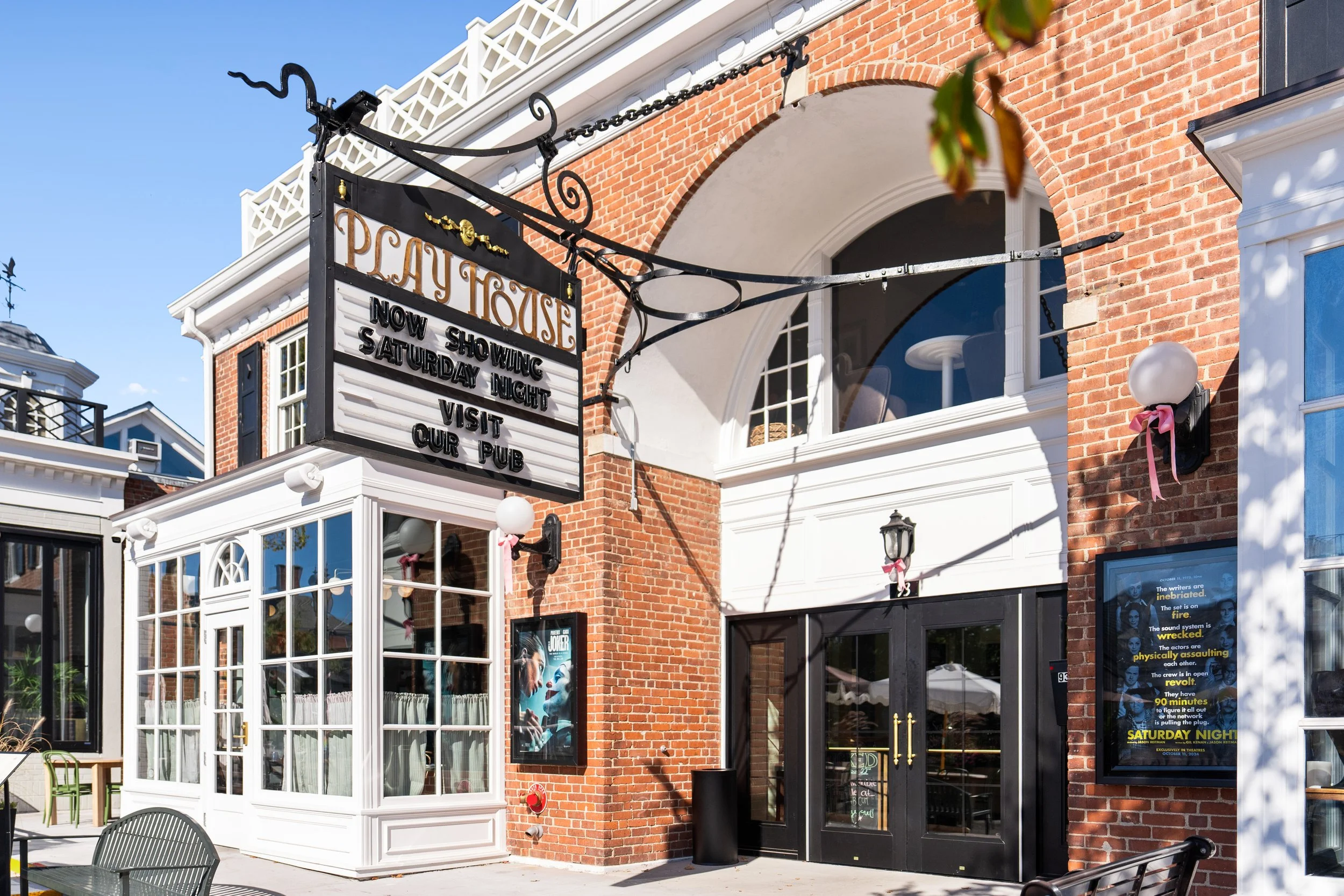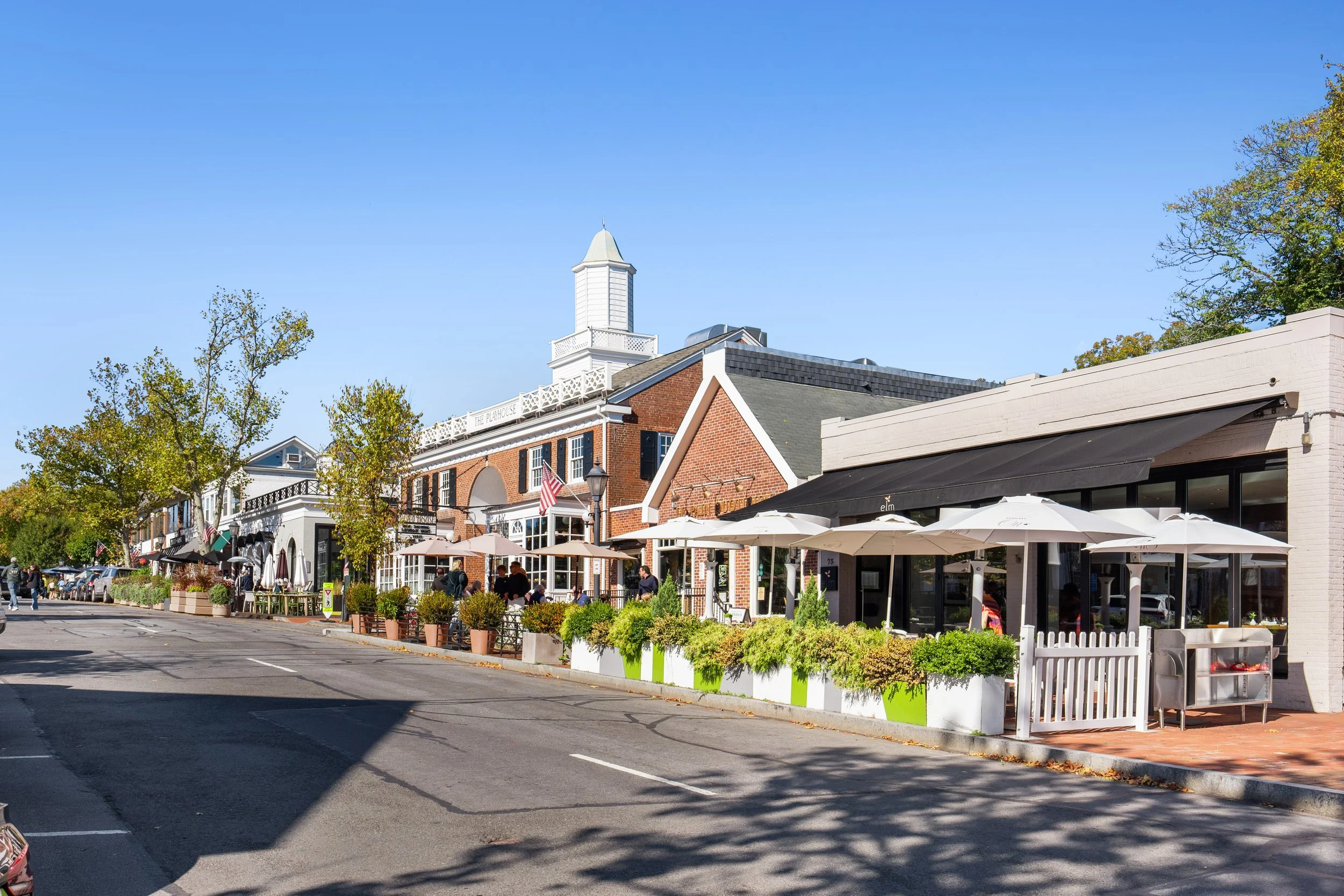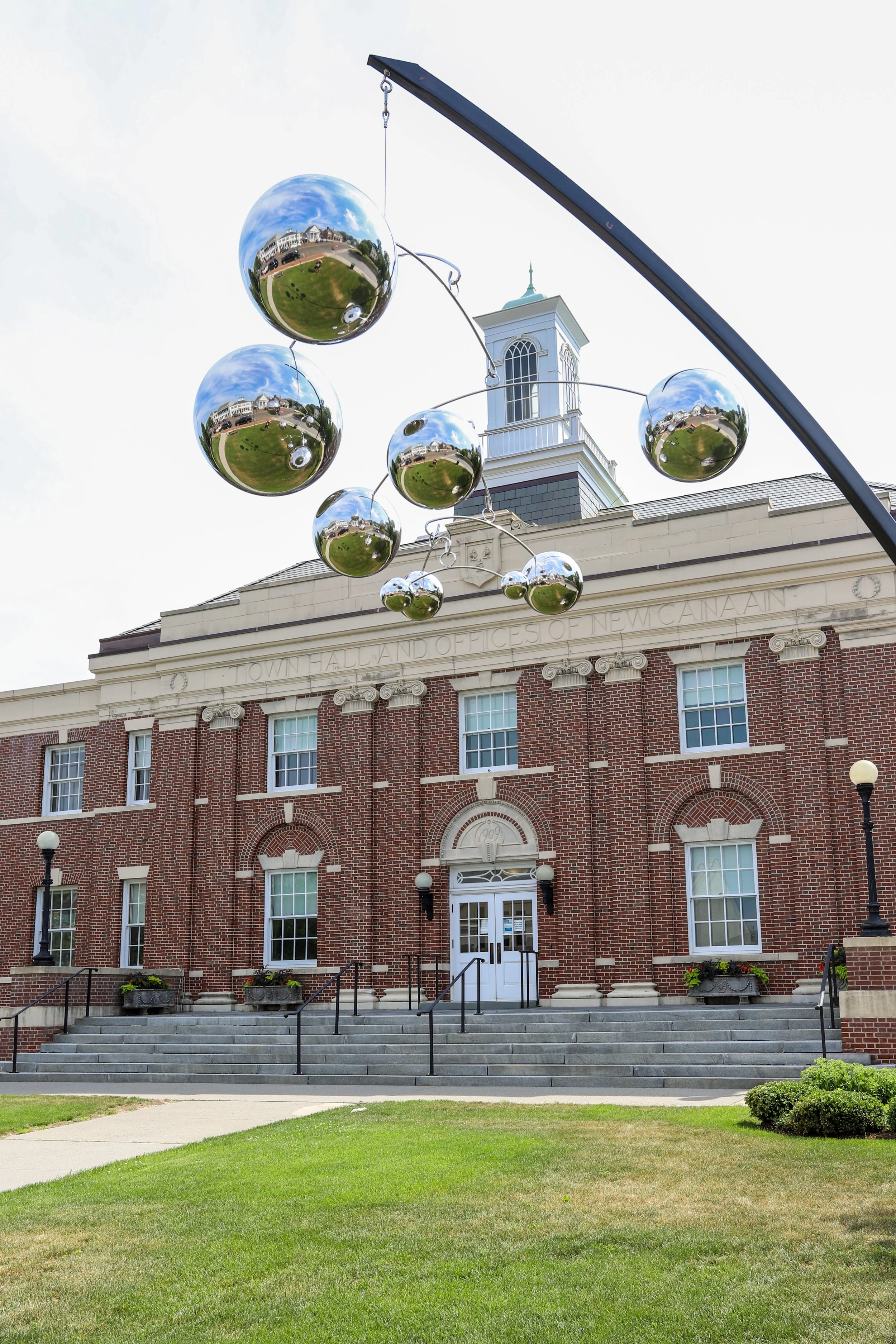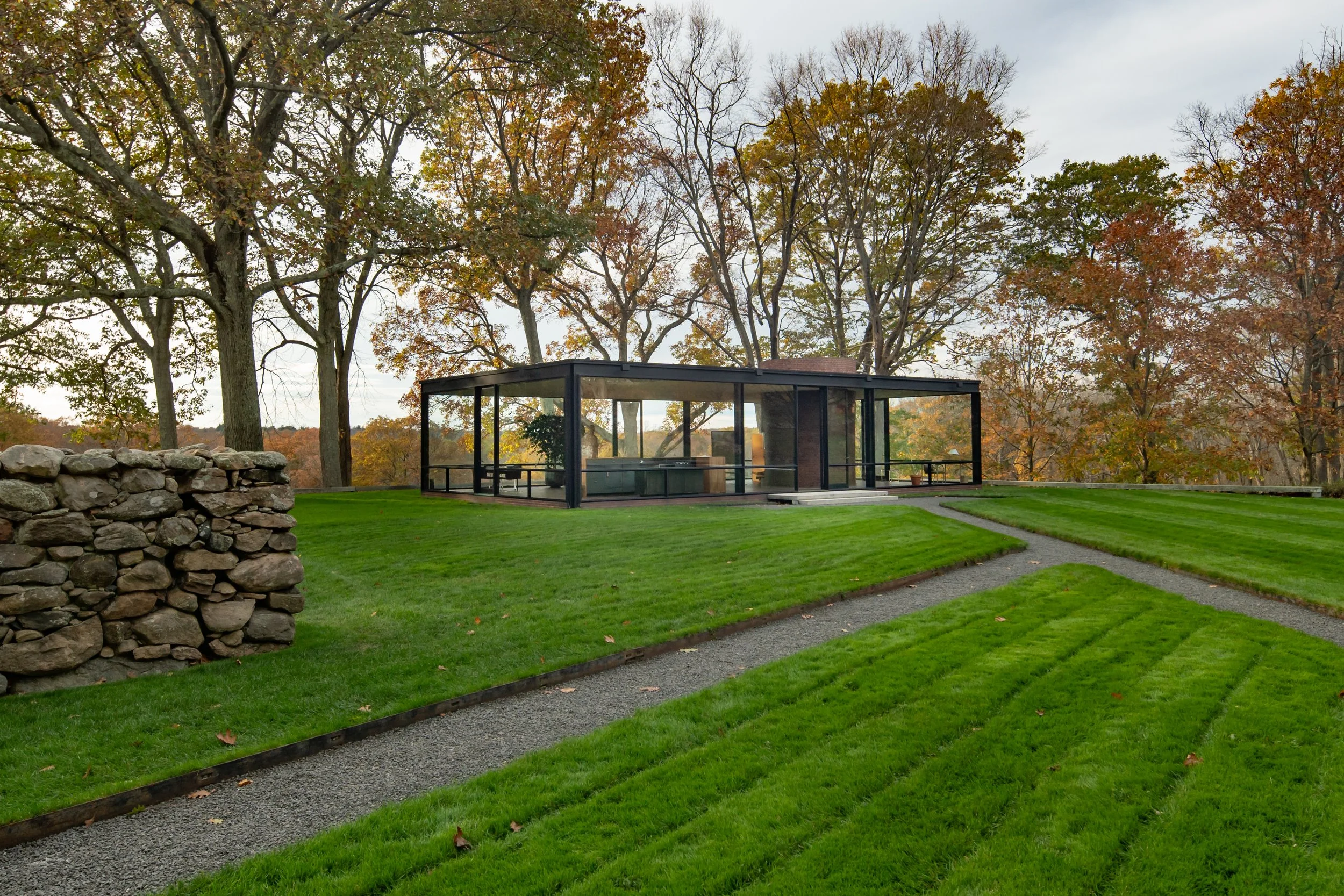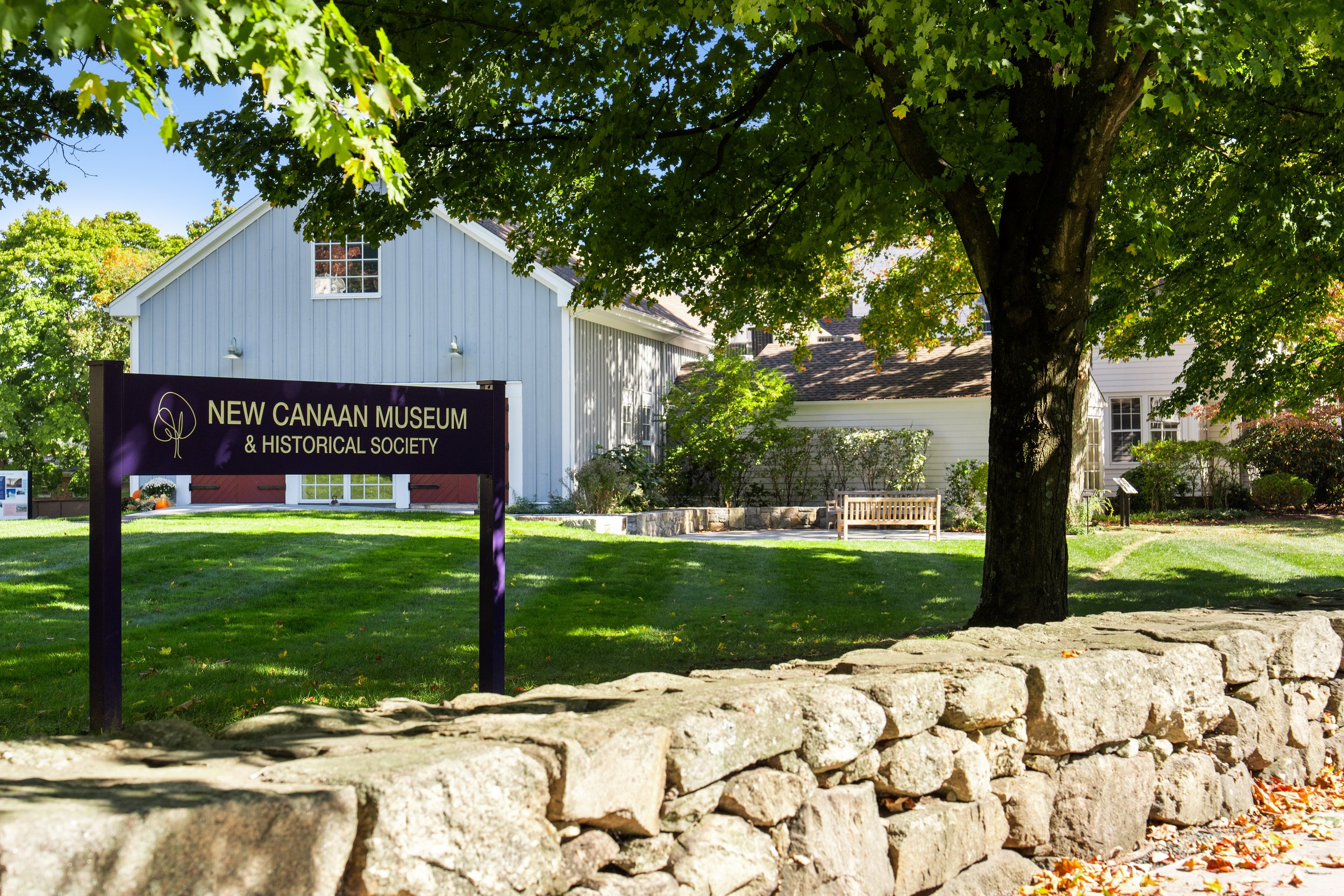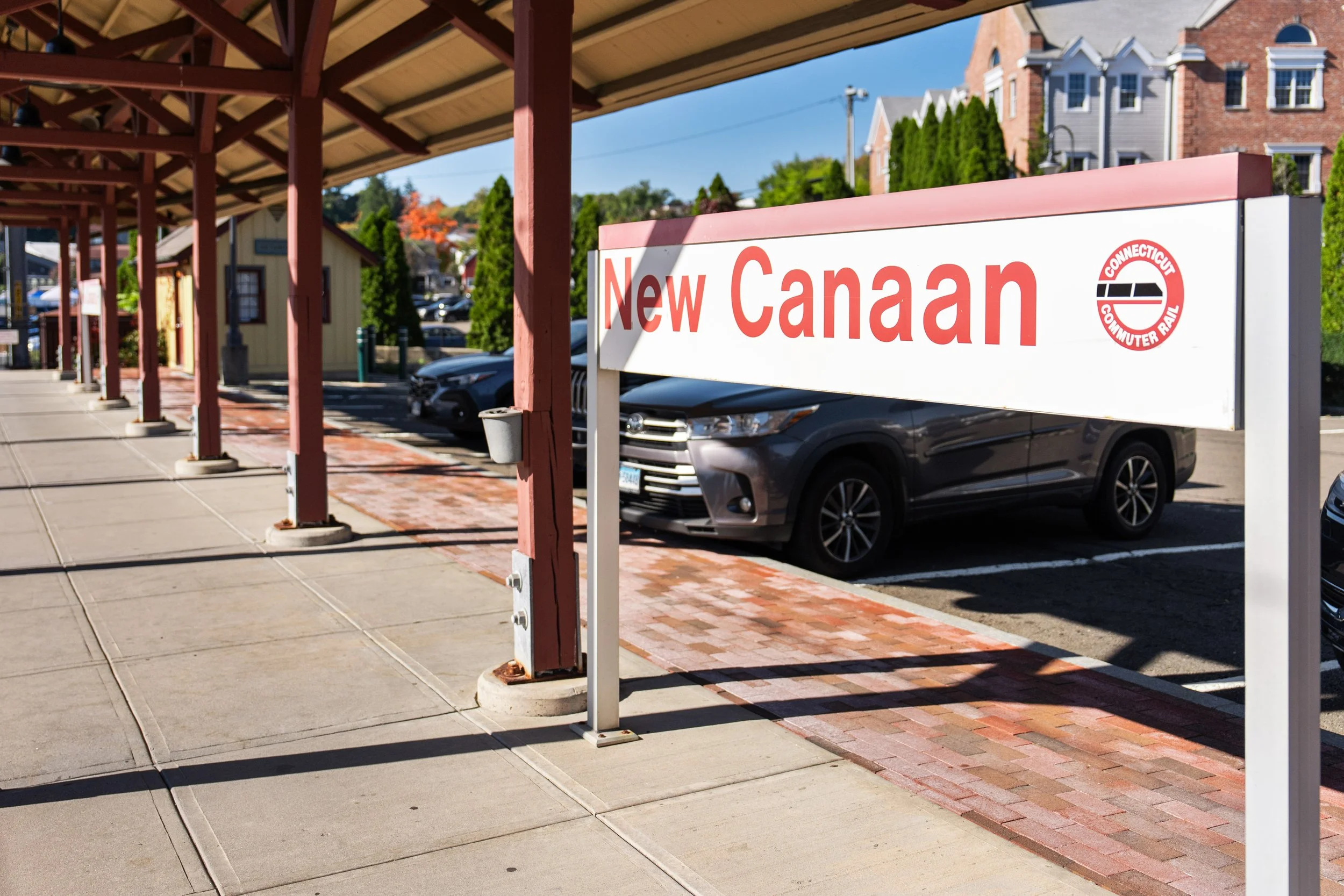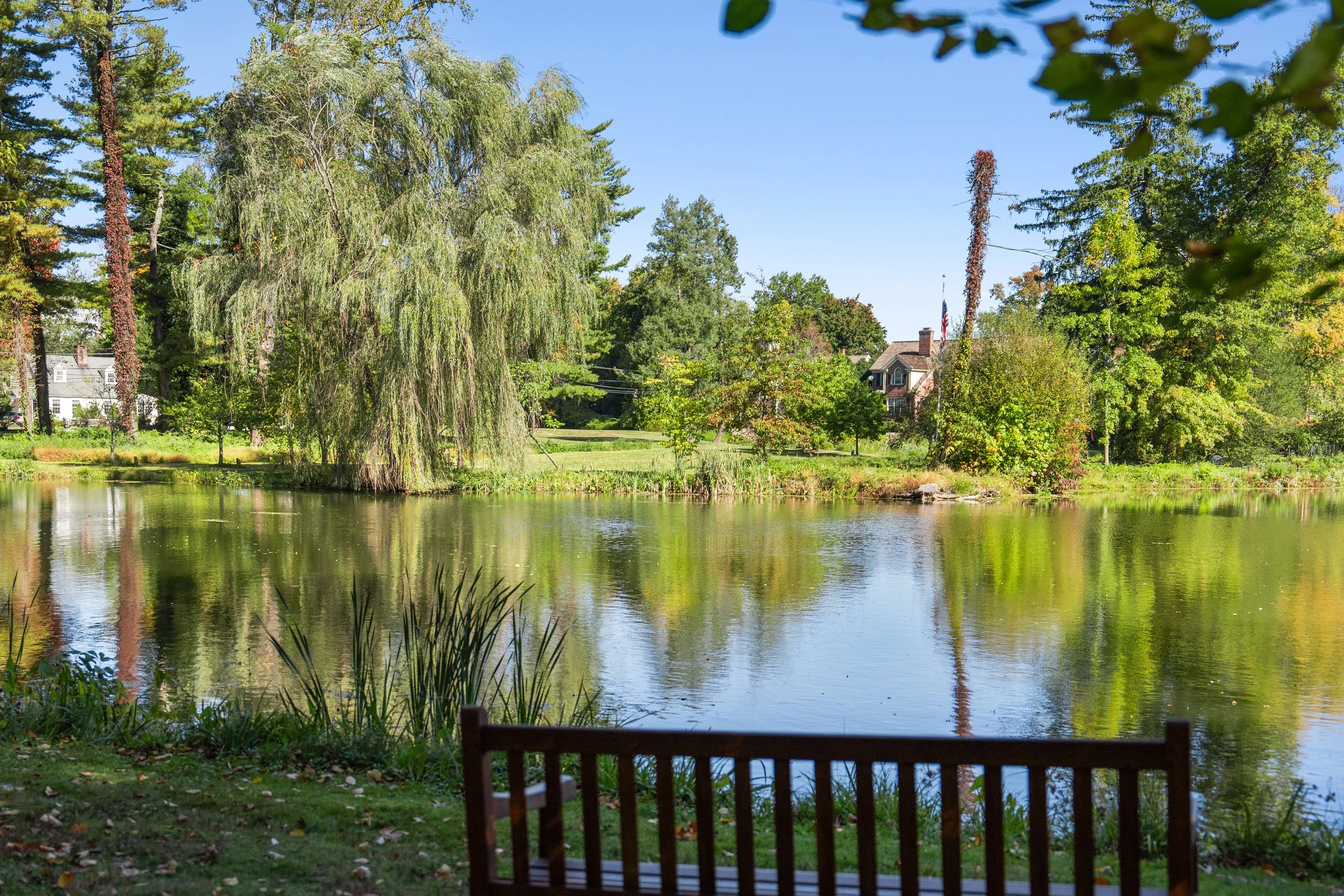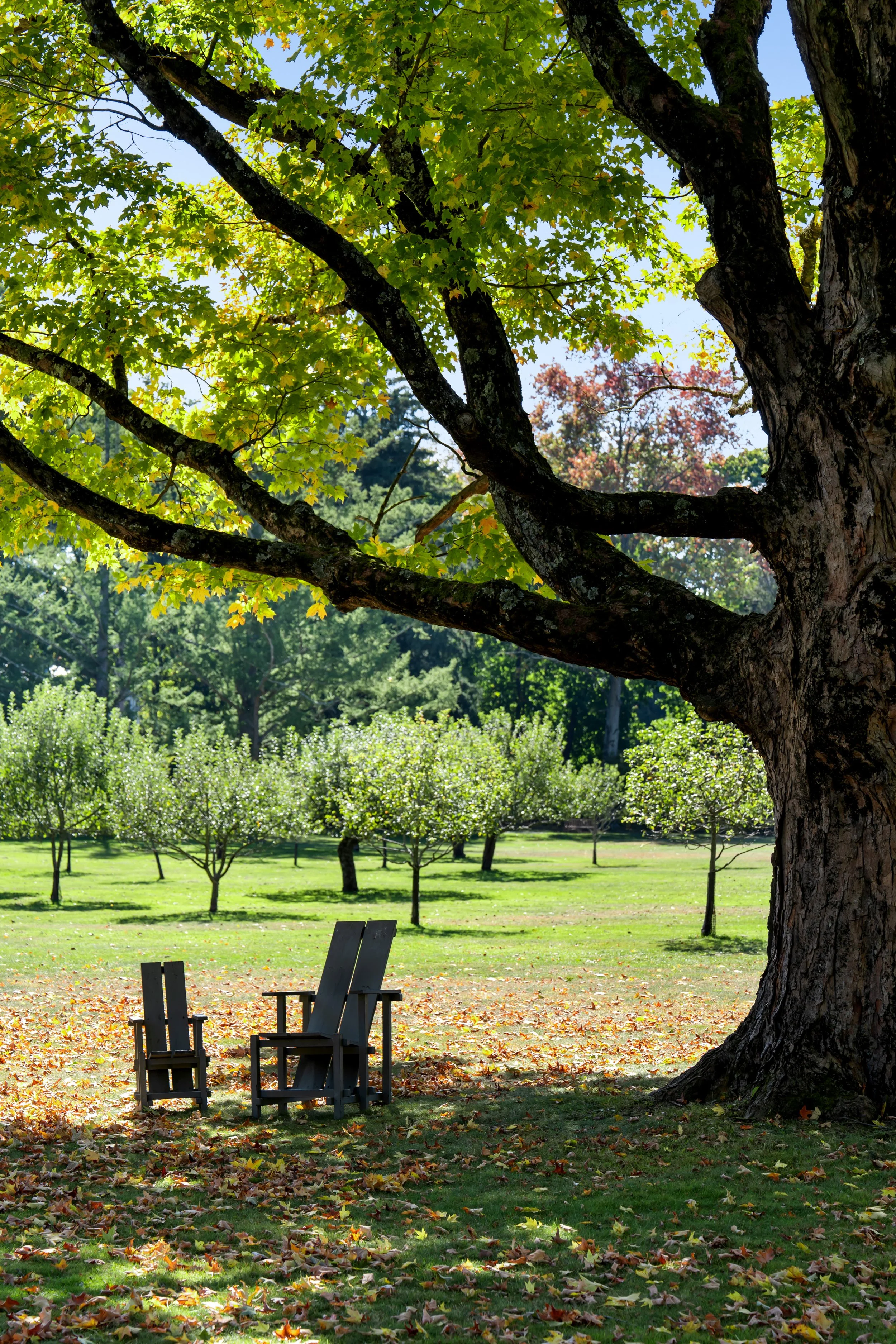The Heart of New Canaan, Connecticut
The Quartier is located in downtown New Canaan, just steps from worldclass dining, boutique shopping and the NYC train line. Located in lower Fairfield County, New Canaan blends small-town New England charm with convenient access to international airports and major destinations such as New York City, Boston and The Hamptons.
New Canaan is known for its vibrant downtown filled with shopping, dining, and arts venues, as well as abundant green space. Popular destinations include Waveny Park, the New Canaan Nature Center, Grace Farms, and the Philip Johnson Glass House.
With beautifully maintained public spaces, extensive parks and trails, celebrated modernist architecture, and easy access to surrounding Fairfield County communities, New Canaan offers a dynamic blend of culture, design, and natural beauty—all within commuting distance of New York City.
The Metro-North train provides a direct connection to New York City’s Grand Central Terminal in about an hour, and the station is only a short distance from The Quartier.
The town is home to noted art galleries, theaters, and art-focused shops. Downtown streets such as Elm Street feature a variety of galleries showcasing and selling fine art, while the Carriage Barn Arts Center and the Silvermine Arts Center host exhibitions and classes year-round. The annual Sculpture Walk brings large-scale outdoor art to town, and live performances and classes are offered at venues including the Summer Theatre of New Canaan, the Town Players of New Canaan, and the Performing Arts Conservatory.
New Canaan holds a distinctive place in architectural history as one of the birthplaces of the American mid-century modern movement. Beginning in the late 1940s, a group of Harvard-trained architects known as the “Harvard Five”—Philip Johnson, Marcel Breuer, Eliot Noyes, Landis Gores, and John Johansen—designed a collection of iconic modern homes that continue to draw design enthusiasts from around the world. Many of these homes, along with landmarks such as the Philip Johnson Glass House and Gores Pavilion, are recognized for their innovative use of materials, open floor plans, and seamless integration with the natural landscape. Historic sites including the 1825 Town House, Hanford-Silliman House,
